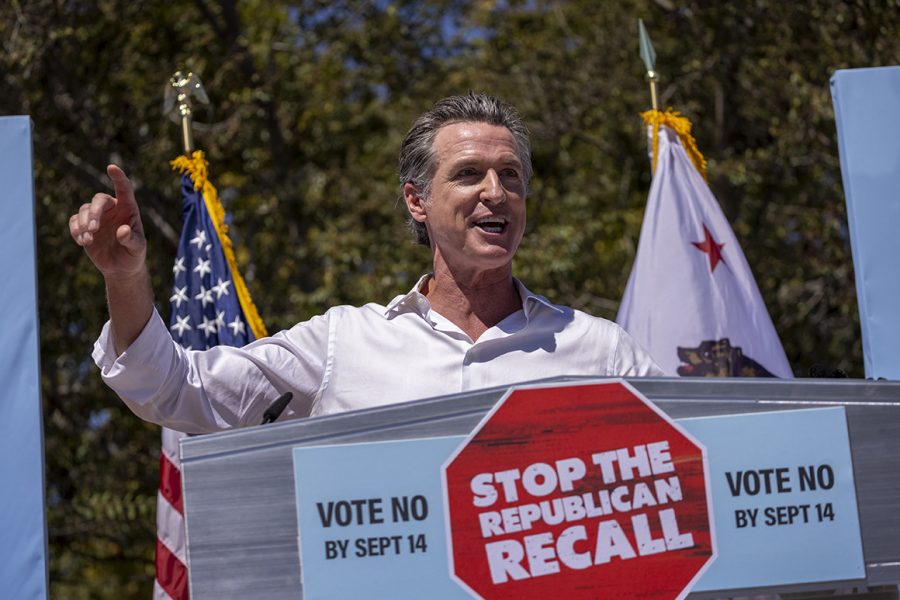The Strategy and Significance of the California Recall
The attempted recall of Gavin Newsom reveals the partisan divide among citizens and raises more questions about government elections
On September 14, 2021, Gavin Newsom defeated the recall effort, receiving enough votes to stay in office. But the question still remains as to why the recall was able to happen in the first place? How did Newsom employ a winning strategy to offset it? And most importantly, what are the political implications regarding recalls with leaders currently in office moving forward?
California’s policy for recalling governors is quite simply an anomaly in the United States, which explains why two out of the four governor recall elections in the history of the country have been in this state.
To initiate a recall in California, 12 percent of voters must first sign a petition within 160 days of its approval. Due to the pandemic, this deadline was extended. The areas that supported the recall were mostly rural, with more than 78 percent voters in counties like Modoc and Lassen in the northeastern area of the state being in favor of the recall, highlighting the national divide between rural and urban voters. The recall was ultimately fueled by anger over continued mask mandates, when much of the country was opening up more, as well as some questionable actions by Newsom, including the infamous French Laundry incident, an indoors, maskless birthday party including some large political donors in November 2020. The main challenger to Newsom was conservative Los Angeles talk show host Larry Elder who ran, and lost, and against him. Despite all of these challenges, Newsom still won with a 62 percent to 38 percent margin.
One huge choice that the Democratic Party faced during the recall effort was whether or not to support another candidate besides Newsom. The question was examined if approving another Democrat help them stay in control, or would it risk the election? In the end, they supported only Newsom, in turn giving voters an ultimatum: Newsom or a Republican. It paid off.
How did he do it? The last recall attempt in California, where Grey Davis (D) was recalled over his handling of the state’s electricity crisis, among other issues, and replaced by Arnold Schwarzenegger (R), succeeded, making this an even more daunting task. His campaign was focused on labeling this recall the “Republican Recall” in order to pinpoint for votes where the effort was coming from, as well as making it partisan. As America has become more polarized over the past years, creating party versus party issues getting people up in arms, and Newsom used this to his advantage. Additionally calling out the recall as an extension of “Trumpism,” his campaign effectively labeled Elder as just that.
As the election has come and gone, we now look to how it will be seen from the future. The voter turnout for the 2021 recall was higher than the 2003 recall, which could show a myriad of changes: higher civic participation, stronger partisan divides, or a stronger backing of Newsom than Grey Davis. These may all be true, and they mostly point to how Trump’s continued division of the country has furthered people’s involvement and interest in politics.
With each side having a common enemy, and using it to their advantage, people become more invested in the events of their representation.
The situation surrounding California’s recall election raises the question, should recalls for elected officials even be allowed moving forward? One strong case is that it would inhibit four year term officials from making tough decisions the public might not like (e.g., mask wearing) if there is a direct threat that they can be recalled mid-term. An official’s self-interest for reelection and even staying in office should not be at odds with decisions that prioritize the common good. However, a recall risks doing so. Proponents say that a recall is key to check government abuse, but what constitutes this abuse is very loosely defined and is a major grey area.
While the political strategy involved in California’s recall can be seen as an overall positive change, we must be cautious going forward about how strongly we stick to partisan lines.


